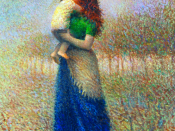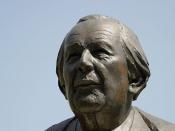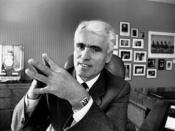Development of Children's Reasoning
Reasoning is mental process of looking for beliefs, conclusions, actions or feelings. Humans are able to engage in reasoning using Introspection; involving self-observation and examination of one's own thoughts and feelings.1 Human reasoning starts in early childhood when a child has to face a problem, he/she has to develop reasoning in order to solve it. This development of reasoning occurs from infancy through adolescence. Once children are able to represent the world, form concepts and categories, then they are well able to reason about and solve problems.
The two psychologists, Piaget and Siegler, were interested in identifying and describing the ages of children when the developmental change in reasoning and problem solving occurs. Piaget was particularly interested in how the minds of adults differ from minds of young children. On the other hand, Siegler is information-processing psychologist, interested in how children solve problems.2 In this essay I am going to describe and compare Piaget's Stage Model and Siegler's Rule-Assessment approach, which occupy different positions in psychology.
Piaget's view towards children's reasoning has greatly marked the development of cognition. He made an assumption that children's reasoning in earlier stages differs qualitatively from their reasoning in later ones; at certain point in development, reasoning is similar to problem solving. So Piaget identified a theory composed by the four major stages which children progress through; these involve: Sensorimotor period of infancy; Preoperational period of early childhood; Concrete-operational period of middle childhood; Formal-operational period of adolescence.3
The sensorimotor period lasts from birth through age two. The newborn infants enter the world processing many reflexes. They suck objects when they are placed in their mouths, close fingers around any object that come into contact. They start to understanding the causal connection between their actions and the effects of their actions.


